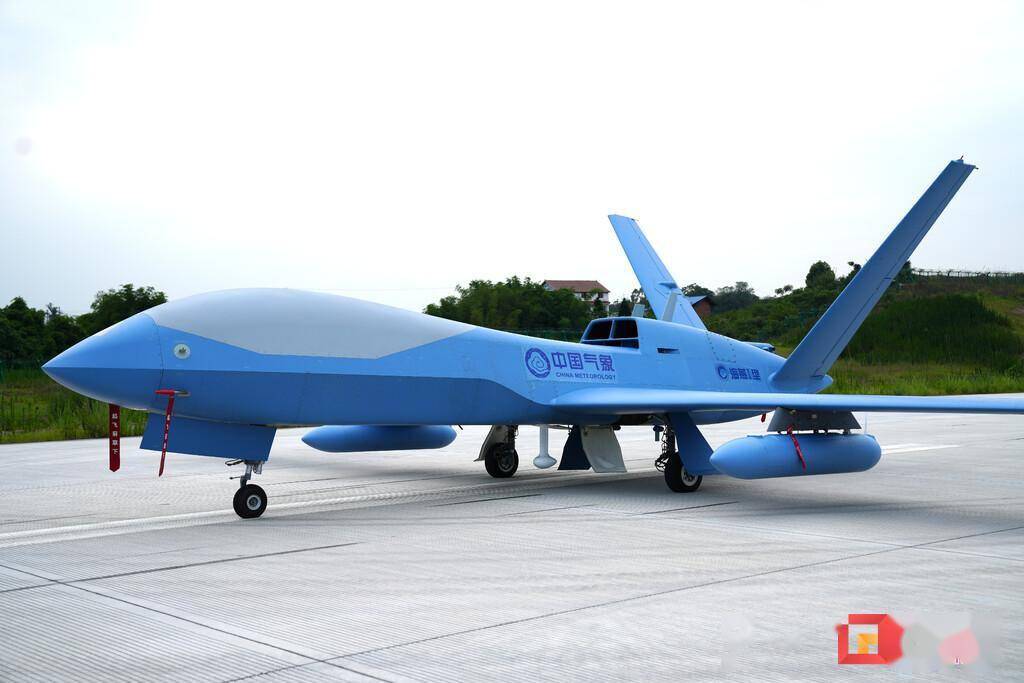What impact does the low altitude economy have on future urban transportation?

With the rapid development of technology, the low altitude economy is gradually becoming a new force that changes our way of life. From drone delivery to aerial taxis, the low altitude economy not only makes urban transportation more three-dimensional, but also injects new vitality into economic development. Especially for power battery manufacturers represented by Funeng Technology, they have ushered in new development opportunities.
What is low altitude economy?
Low altitude economy, this seemingly sophisticated term, is actually not far from our lives. It refers to various flight activities conducted in airspace below 1000 meters, including drones, electric vertical takeoff and landing vehicles (eVTOLs), etc. These activities have driven the integration and development of related fields, forming a huge industrial chain.
From agricultural and forestry crop protection, power inspection to urban logistics distribution, air travel, etc., the related application scenarios of low altitude economy are also very rich and diverse, and are gradually realizing commercialization. For example, the crop protection drones in Aksu, Xinjiang for cotton field management, and the "air taxi" service at Yanzi Lake Convention and Exhibition Center in Pingshan, Shenzhen, have demonstrated the potential of low altitude economy in practical life.
It is precisely due to the full potential of low altitude economic applications that the demand for the entire industry chain has been driven. Specifically, it has not only promoted the development of low altitude manufacturing, flight, and support services, but also facilitated the "instrumentalization" and multi domain integration of low altitude products such as drones.
Comprehensive development of low altitude economy industry chain
In this context, eVTOL, as the most representative low altitude transportation tool, is particularly valued by the industry. Many power battery companies have increased their R&D investment and promoted technological innovation to meet the stringent requirements of low altitude economy. For example, as early as five or six years ago, Funeng Technology had already begun to enter the field of eVTOL power batteries. As of now, electric aircraft can achieve an energy density of 285Wh/kg through the use of Funeng Technology's high-energy density ternary soft pack power battery. Its 320Wh/kg battery cells are about to be mass-produced, and its 350Wh/kg battery cells are expected to be mass-produced by 2026.
In addition, looking at the entire industry chain of low altitude economy, relying on technologies such as Beidou navigation, 5G, and big data, China has achieved extensive application of advanced technologies in low altitude airspace management, communication, navigation, etc., enhancing the guarantee and service capabilities of low altitude economy. China is gradually building a complete, advanced, and safe low altitude industrial system. According to estimates, the market size of China's low altitude economy is expected to reach trillions by 2030.
The development of low altitude economy can not only improve logistics efficiency and the ecological environment of cargo transportation, but also provide new solutions for urban transportation, such as urban air traffic (UAM) and low altitude logistics. As an emerging economic form, it is gradually demonstrating its enormous development potential and economic value.





